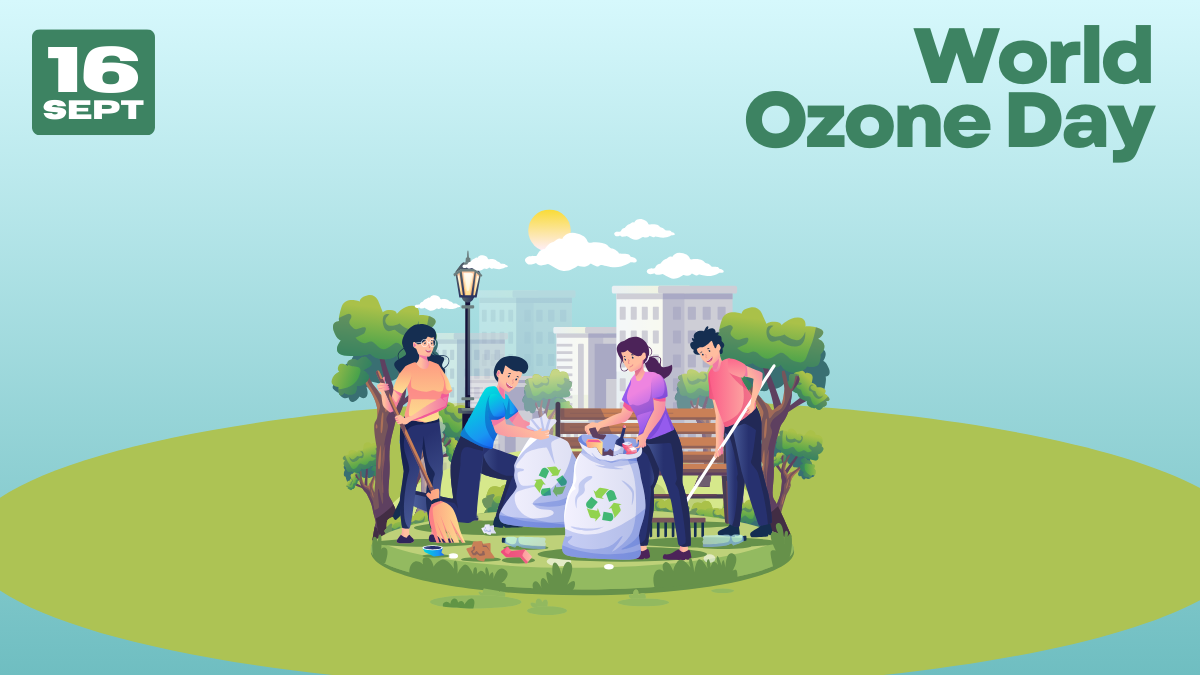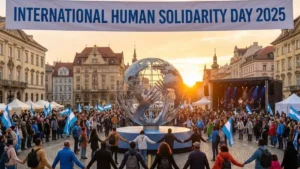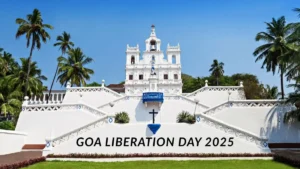In 1994, the United Nations General Assembly proclaimed September 16 as the International Day for the Preservation of the Ozone Layer, commemorating the signing date of the Montreal Protocol in 1987.
Recent Developments: The Kigali Amendment
On October 15, 2016, at the 28th Meeting of the Parties in Kigali, Rwanda, an agreement was reached to phase down hydrofluorocarbons (HFCs). This amendment represents the latest step in the ongoing efforts to protect the ozone layer and address climate change.
Impacts and Benefits
The phaseout of controlled ozone-depleting substances has resulted in significant positive outcomes:
- Protection of the ozone layer for current and future generations
- Substantial contribution to global efforts to address climate change
- Protection of human health and ecosystems by limiting harmful ultraviolet radiation
The ozone layer is a crucial component of Earth’s atmosphere, acting as a fragile shield of gas that protects our planet from the harmful portion of the sun’s rays. This protective layer plays a vital role in preserving life on Earth by:
- Filtering out harmful ultraviolet radiation
- Helping maintain the planet’s temperature balance
- Supporting the overall health of ecosystems and human populations
The Threat to the Ozone Layer
Ozone-Depleting Substances
Scientists have identified several man-made chemicals that pose a significant threat to the ozone layer. These substances, known as halocarbons, contain one or more carbon atoms linked to halogen atoms (fluorine, chlorine, bromine, or iodine). The most damaging of these include:
- Methyl bromide
- Methyl chloroform
- Carbon tetrachloride
- Halons
- Chlorofluorocarbons (CFCs)
- Hydrochlorofluorocarbons (HCFCs)
Halocarbons containing bromine typically have a much higher ozone-depleting potential (ODP) than those containing chlorine.
International Response: The Vienna Convention
Establishment of Cooperative Mechanism
The scientific confirmation of ozone layer depletion prompted the international community to take action. This led to the establishment of the Vienna Convention for the Protection of the Ozone Layer, which was:
- Adopted and signed by 28 countries
- Formalized on March 22, 1985
The Vienna Convention laid the groundwork for future cooperative efforts to protect the ozone layer.
The Montreal Protocol: A Landmark Agreement
Objectives and Structure
Building on the Vienna Convention, the Montreal Protocol on Substances that Deplete the Ozone Layer was drafted in September 1987. The principal aims of this protocol are:
- To protect the ozone layer by controlling the global production and consumption of ozone-depleting substances
- To ultimately eliminate these substances based on scientific knowledge and technological advancements
The Protocol is structured around several groups of ozone-depleting substances, classified according to chemical family and listed in annexes to the Protocol text.
Key Features of the Montreal Protocol
- Controls nearly 100 chemicals in several categories
- Sets timetables for the phase-out of production and consumption of these substances
- Defines consumption as quantities produced plus imported, minus exported quantities
- Allows for exceptions for essential uses where no acceptable substitutes have been found
Implementation Progress
The implementation of the Montreal Protocol has been largely successful:
- Both developed and developing countries have adhered to phase-out schedules, often ahead of schedule
- Initial focus was on chemicals with higher ozone-depletion potentials (CFCs and halons)
- A more relaxed schedule was set for HCFCs due to their lower ozone-depletion potential
Universal Ratification
On September 16, 2009, the Vienna Convention and the Montreal Protocol achieved a significant milestone by becoming the first treaties in United Nations history to achieve universal ratification.
Looking to the Future
As we celebrate World Ozone Day, the focus is not only on past achievements but also on future actions. The international community continues to work towards:
- Deeper and faster action under the Montreal Protocol
- Addressing both ozone layer protection and climate change mitigation
- Developing and implementing more sustainable alternatives to ozone-depleting substances




 International Human Solidarity Day 2025:...
International Human Solidarity Day 2025:...
 Goa Liberation Day 2025: History, Signif...
Goa Liberation Day 2025: History, Signif...
 Important Days in December 2025, Nationa...
Important Days in December 2025, Nationa...







